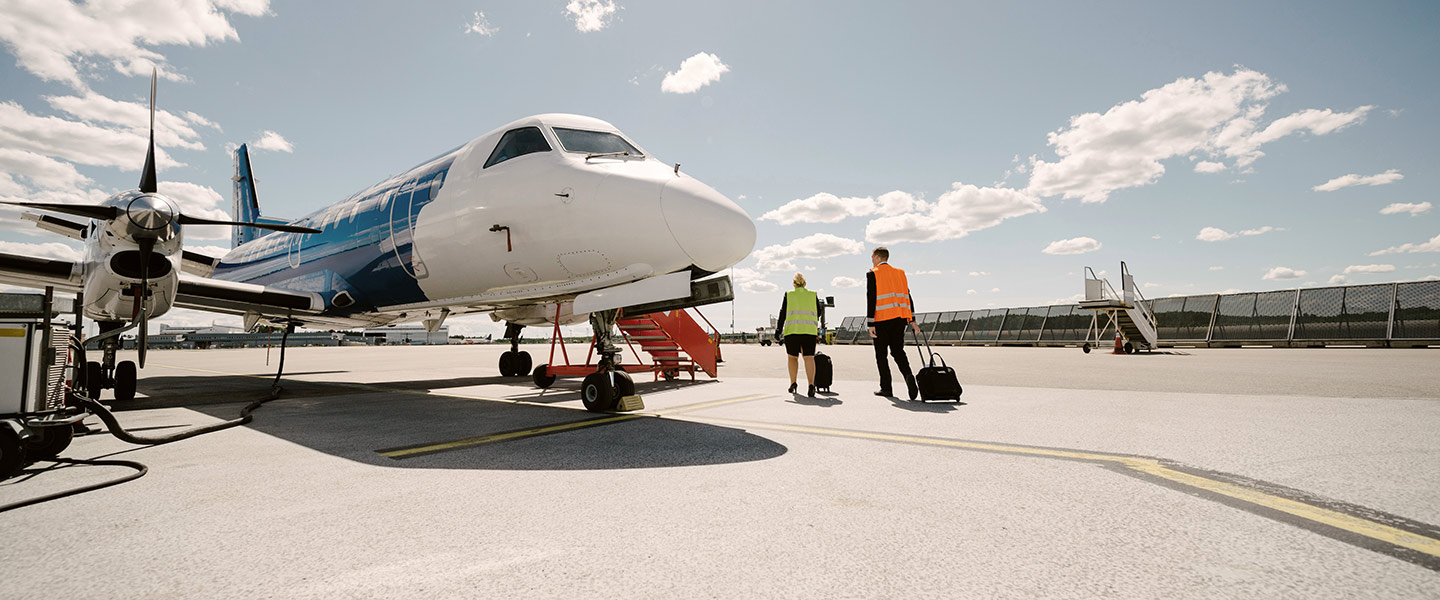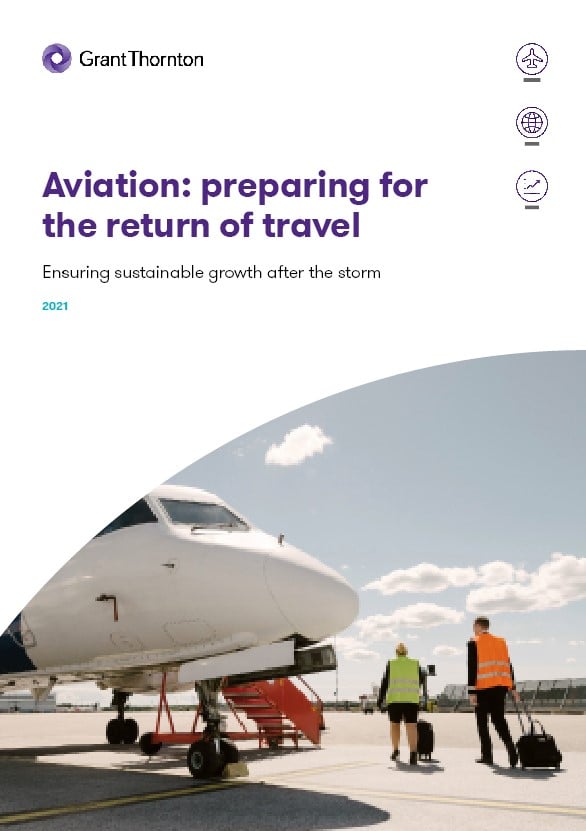
COVID-19 has been an unprecedented shock for the global aviation industry, resulting in fleets of idle aircraft, empty airports and a huge drop in passenger numbers. And while large-scale vaccination programmes offer hope, some level of disruption looks set to remain for a significant period of time.
According to the International Civil Aviation Organisation (ICAO), 2020 saw a staggering 60% drop in international passenger traffic, bringing totals down to 2003 levels[i]. It is forecasted the industry will not return to 2019 levels of activity until 2024.
Aviation is in for the long haul when it comes to pandemic-related disruption, but what are the specific challenges that businesses are facing?
Liquidity
It is likely that the airline industry will remain cash negative in 2021, as lockdowns, travel restrictions and reluctant passengers continue to take effect. The International Air Transport Association (IATA) predicts that cash burn could be between $75 billion and $95 billion[ii].
This makes cash flow management a top priority for airlines, lessors and support businesses, but uncertainty is a clear risk. Many businesses are relying on government support which will not last forever, and the varying speed of vaccination programmes makes it hard to predict when travel restrictions will ease.
Operating costs
Up until now, the main strategy for lowering operating costs has been reducing staff levels, either through redundancies or by placing workers on governments’ furlough schemes. But this is only a temporary source of stress-relief and creates further issues later on when operators are looking to scale operations back up, especially when it comes to staff with more specialised skill sets and experience who could be harder to recruit when growth returns.
Debt and restructuring
For airlines, the capital debt accrued through the ownership or leasing of aircraft is a huge part of their fixed costs. A regional variance in the number of these assets going unused is starting to emerge[iii]. As of February 2021, global scheduled seat percentage is down 44% on the same time last year.
The International Bureau of Aviation (IBA) believes the varying scales of vaccination rollouts will “significantly affect global travel patterns and airline route commitments in 2021”[iv]. It is predicting revenue passenger growth (RPK) of 60% in the US, 50% in Europe and 30% in Latin America as these regions begin to catch up with the growth seen in China at the end of 2020.
As such, businesses are looking to negotiate payment deferrals with banks and lessors. Lessors themselves often hold between 70% - 80% debt on each of their aircrafts, and many are in serious financial difficulty. While attempting to draw down funds, secure more finance or restructure debts, it is clear joint efforts between all market participants will be necessary for some time.
Operational changes
Another large source of uncertainty is simply what exactly a return to business looks like for the aviation industry. As some airlines begin to take on more activity, there has been a variety of approaches to social distancing. Operating at a lower capacity may not be feasible as a long-term strategy for smaller operators with shallow cash reserves.
Lessors are looking to create more resiliency to market volatility, with some businesses likely to take new approaches to fleet management and pricing.
What is the direction of travel for aviation?
The aviation industry faces a long road to recovery, even as demand from travel-hungry consumers and businesses begin to return in 2021.
We are currently working with our clients to help protect and restore value so if you need support for the year ahead, get in touch with our expert Andrew Dickson.
__________
i. ICAO, icao.int, 2021
ii. IATA, iata.org, 2021
iii. OAG, oag.com, 2021
iv. IBA, iba.aero, 2021
